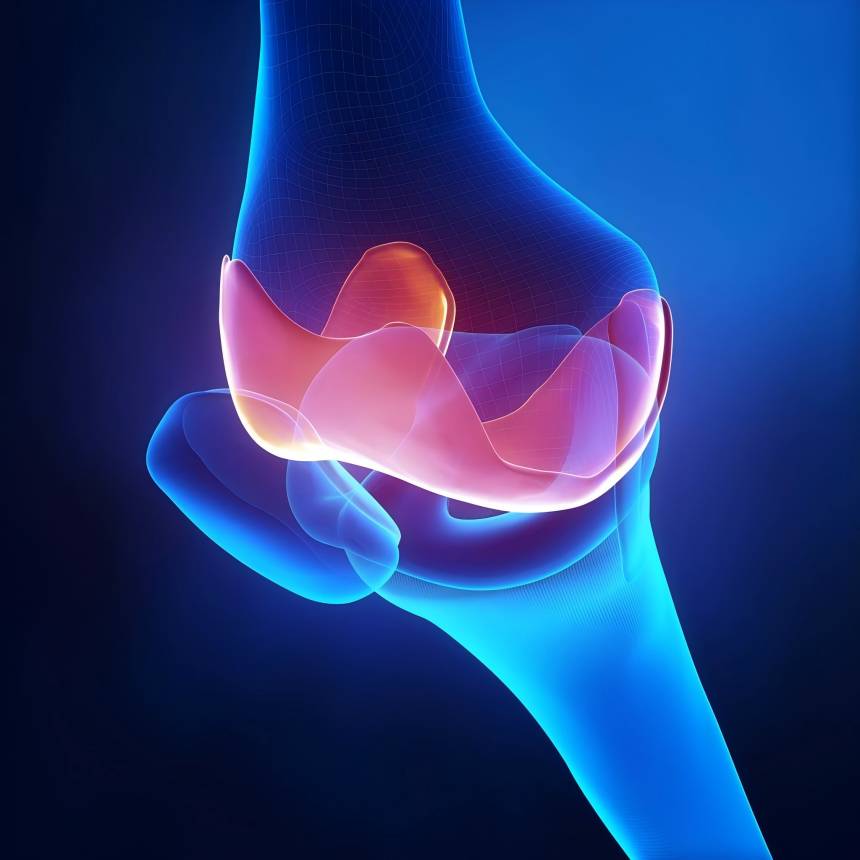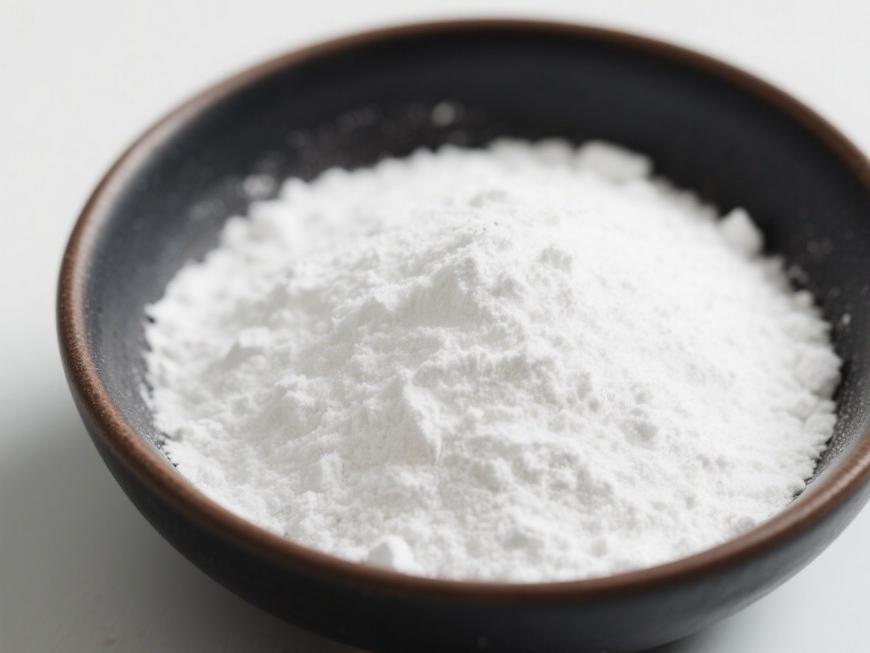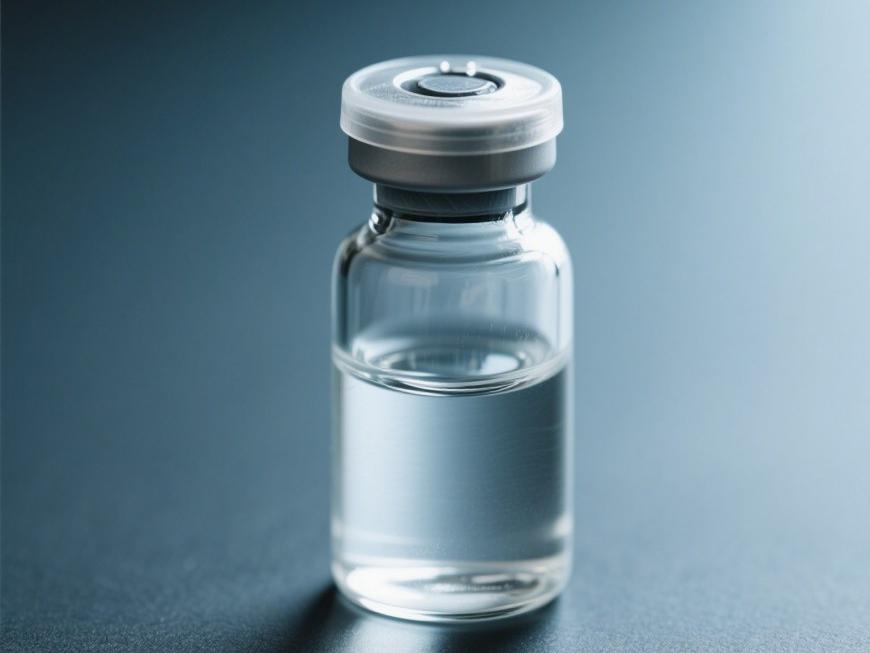From Skincare to Food: Diverse Applications of Hyaluronic Acid Powder Are Expanding
루 론 산 is a naturally occurring high-molecular-weight polysaccharide composed of repeating disaccharide units of D-glucuronic acid 그리고N-acetylglucosamine. Its molecular weight spans a broad range, allowing flexible selecti에to suit diverse 응용 프로그램requirements 그리고adapt to 다양 한product development scenarios.
Owing to its exceptional moisturising properties, hyaluronic acid powder has become a highly favoured natural ingredient across cosmetics, food, 그리고pharmaceutical sectors. Particularly following its approval as a novel food ingredient in China, hyaluronic acid is now encountering fresh opportunities within dietary supplements and functional foods.
로서 hyaluronic acid supplier, 녹색 봄 Technology offers high-purity products across multiple molecular weight specifications. These exhibit excellent stability and formulation compatibility, meeting development requirements for various dosage forms including capsules, tablets, beverages, and powders. We are committed to providing clients with safe, compliant, and efficient raw material solutions, empowering enterprises to enhance product competitiveness and accelerate the market launch of innovative products.
1 Hyaluronic Acid: Multi-분자Weight Options to Meet Diverse Application Needs
Hyaluronic Acid (HA), also known as hyaluronan, is a naturally occurring high-molecular-weight polysaccharide. It appears as a white, amorphous solid and is soluble in water. Its aqueous solution exhibits unique rheological properties, demonstrating excellent viscoelasticity and stability.
루 론 산 powders of differing molecular weights exhibit distinct physicochemical properties. High-molecular-weight products possess higher viscosity and greater structural stability, while low-molecular-weight variants offer superior solubility and fluidity, making them suitable for a broader range of applications. By adjusting concentration and molecular weight, hyaluronic acid solutions can achieve varied viscoelastic properties to meet diverse application requirements.
2. Development of Hyaluronic Acid Applications in the Food Sector
Within the international food market, hyaluronic acid applications are increasingly diversified. The Japanese market extensively employs it in various everyday and health foods, including beverages, soft candies, jams, and other daily consumer products. The 미국market predominantly utilizes hyaluronic acid as a dietary supplement, commonly in capsule, oral liquid, and powdered form.
In recent years, China has progressively expanded hyaluronic acid within the food sector. Currently, health foods utilising sodium hyaluronate as a primary ingredient have developed multiple product types, including canned bird's nest. With the continuous refinement of relevant regulations and policies, the range of domestic hyaluronic acid food products is steadily expanding, offering consumers greater diversity in choice.
2. 1 Applications in Cosmetics and Daily Care Products
Hyaluronic acid, as a natural moisturising component, is widely present in human and other biological tissues. Within the cosmetics industry, it serves extensively as a humectant, thickener, and emulsifier, now featured in nearly all cosmetic formulations.
Owing to its excellent film-forming and lubricating properties, hyaluronic acid forms a hydrating film on the skin's surface, enhancing texture and aiding the delivery of active ingredients. Its favourable biocompatibility and mild nature also make it an ideal ingredient for numerous daily chemical products. Furthermore, in oral care products such as toothpaste, hyaluronic acid is gaining attention for its moisturising and soothing properties.
With ongoing research and development, the application 루 론의acid in daily chemical products continues to expand. Green Spring Technology is committed to providing cosmetics and daily chemical enterprises with high-purity, multi-molecular weight specifications of hyaluronic acid raw materials solution, assisting clients in developing safer and more effective end products.
2. 2 Applications of Hyaluronic Acid in Medical-Related Fields
As a natural biopolymer, hyaluronic acid powder possesses excellent biocompatibility and unique rheological properties, finding extensive application across multiple medical domains. In orthopaedics and ophthalmology, it serves as a vital medical material for joint care and 수술assistance. Furthermore, within medical aesthetics, hyaluronic acid is frequently utilised for subcutaneous fillers to support facial tissue contouring and maintenance.
Advancements in materials science enable further enhancement of hyaluronic acid's stability and applicability through modifications such as cross-linkingand esterification, allowing it to withstand more complex usage environments. In January 2021, China approved sodium hyaluronate as a novel food ingredient for use in general food products, marking a new phase in its application within the food sector. Currently, oral hyaluronic acid products are gaining market attention due to their convenience and high acceptance.
Green Spring Technology specialises in supplying medical-grade and high-purity hyaluronic acid powder. Our product range encompasses various molecular weights and modified types, catering to diverse development needs across pharmaceuticals, medical aesthetics, and functional foods. We are committed to collaborating with clients to advance innovation and the application of hyaluronic acid in increasingly diverse scenarios.

Green Spring Technology employs advanced microbial fermentation processes to produce high-quality hyaluronic acid powder, characterised by high purity, broad molecular weight distribution, and excellent batch-to-batch consistency. Our materials encompass pharmaceutical-grade, cosmetic-grade, and food-grade specifications, suitable for developing diverse products including medical devices, aesthetic fillers, functional skincare, oral solutions, and solid beverages.
Selecting Green Spring Technology's hyaluronic acid powder enables clients to enhance the quality and stability of their end products, accelerate new product launches, and benefit from comprehensive regulatory compliance support. We provide bespoke technical solutions and end-to-end tracking services, empowering clients to create more market-competitive innovative products.
Welcome to contact Green Spring Technology at helen@greenspringbio.com or WhatsApp: +86 13649243917 to obtain complimentary samples, detailed product documentation, and the latest quotation information. Our specialist technical team stands ready to deliver tailored solutions, collaborating with you to expand the innovative applications of hyaluronic acid.
참조
[1]ZHANG K, JIAN J, 장 Z P. 모디의 구조, 특성에 대한 연구 진행- fication and application of hyaluronic 산다 [J다] 폴리머 게시판에, 2015년, 9:217 − 226.
[2] JEON O, SONG S J, LEE K, 외.기계적 성질 및 hyaluronic acid hydrogels의 분해거동 (degradbehavior of hyaluronic acid hydrogels cross-linked at various cross-linking 밀도 가다 [J다] 탄수화물 2007년 중 합 체, 70 (3):251 − 257.
[3] KOGAN G, Š OLTES L, 스턴 R, et al.히알루론산:광범위한 생물 의학 및 산업 응용이 가능한 천연 바이오 고분자 [J.2006년 생명공학 편지, 29일 (1):17 − 25.
[4] COWMAN M K, LEE HG, SCHWERTFEGERK L, 외.생물학적으로 히알루로난의 함량 및 크기 수분과 조직 [J.대한면역학회 Frontiers in Immunology,2015(6):261.
[5] 활액합-i의 윤활에서 cartil-age에 의한 활액여과 역할 HLAVACEK M.활액 [J]의 혼합물 모델.한국생물공학회지,1993,26(10):1145−1160.
[6] MAREK P, MA ł GORZATA K, K JACEK et al.이 oxidat-ive stress in knee osteoarthritis 환자에서 발생하는 가능한 보상효과에 대한 평가 시도 (an attempt of evaluation of possible compensatory effects in the disease developme-nt [J])Medicina, 2019년, 55 (5):150.
[7] VOIGT J, VICKIE R. 히알루로닉 산성 유도체와 그 치유 효과 on 화상, 상피 surgical 상처, and 만성 상처:무작위 con-trolled trials의 체계적 고찰 및 메타분석.Wound Repair and Regeneration,2012,20(3):317− 331.
[8] HOTAMISLIGILG S. 염증, metaflammation 및 im-munometabolic disorders[J.자연, 2017년 185 명의 (7640):177 − 구요.
[9]. KOJOUHAROV H V, TREJO I, CHEN B M. Modeling the ef-fects of 염증 in bone fracture healing[C]//미국 -Insti tute 물리학의 회의 시리즈이다. American 연구소 2017년 물리학회의 시리즈 중.
[10] 그리시마 S P, 로한 B, 찰스 D E. 수치 -vestigation에서 백혈구 굴림의, 접착 그리고 본드 형성 다양한 p-셀렉틴 밀도로 코팅 된 표면에 [J.셀프레스, 2019, 116(3):18.
[11] 란 덴 N X,리 D Q, STAHLE M. 전환 from in-flammation to proliferation:상처 치유 중 중요한 단계 [J].세포 and Molecular 삶 과학: Cmls, 2016년, 73 (20):3861 − 3885다.
[12] JOHN CH W Y, ABATANGELO G. 히알루론의 함수- in wound repair[J]의 약자.상처회복과 재생,1999,7(2): 79 − 89.
[13] HUI E, GIMENO K I, GUAN G, 외.한 부동산가격 광튜닝 가능한 히알루론산 하이드로겔에서 점탄성의 con-trol.Biomacromolecules, 2019년 20 (11):4126 − 4134다.
-
Prev
Green Spring Technology's Premium Hyaluronic Acid Enhances Health Product Solutions
-
다음
Exploring Hyaluronic Acid Upgrades for Eye Health Product Solutions


 영어
영어 프랑스
프랑스 스페인
스페인 러시아
러시아 한국
한국 일본
일본





